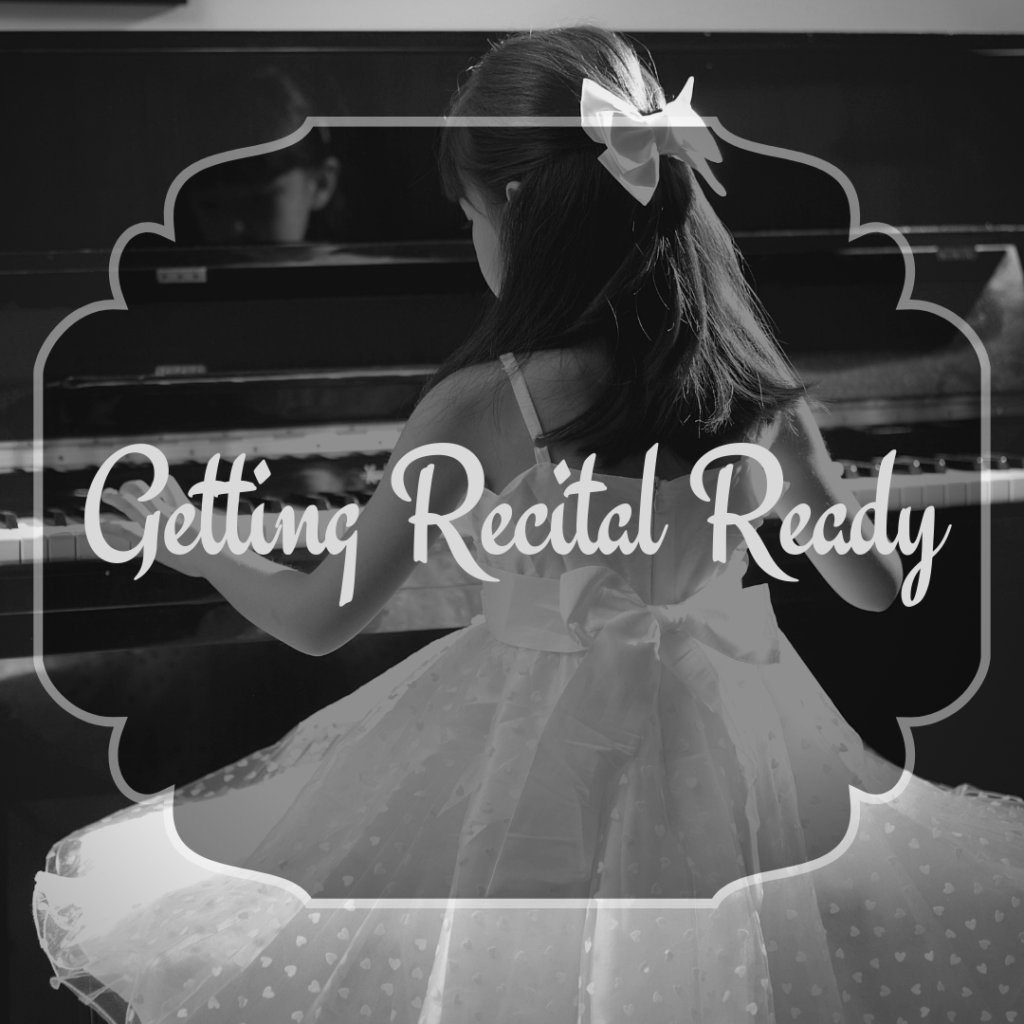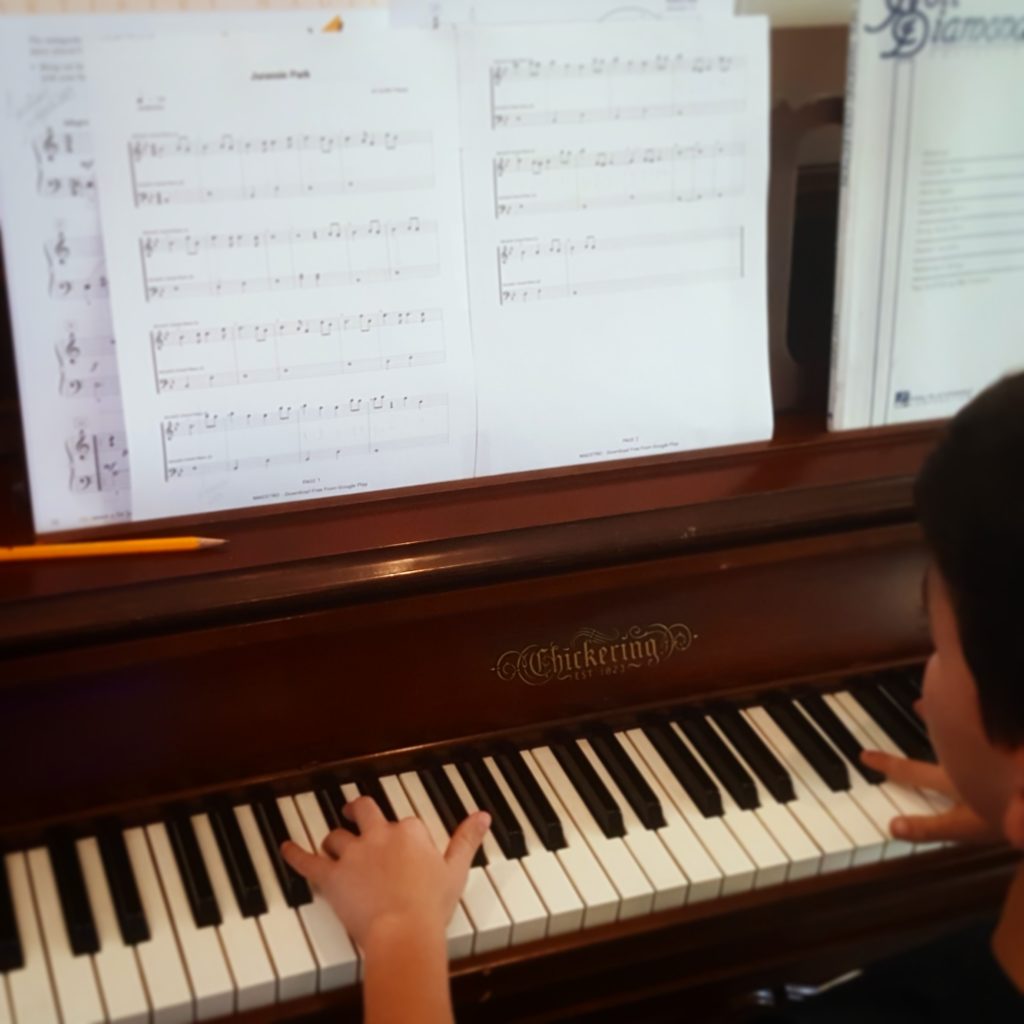We are coming up on recital season, and even parents are nervous for their children. Here are a few tips on helping music students succeed.
Go over the physical motions of playing for an audience.This includes taking time to teach boys to bow and girls to curtsey before and after their performances. The recital is all about the audience, and the audience wants the performer to acknowledge their presence. The muscle memory will kick in if these small courtesies have been rehearsed.
Encourage your child to practice the piece at home more slowly than he plans to at the recital. This will help his concentration and give him longer moments to check his hand and finger positions.
Ask your teacher to go over passages that may give him apprehension. “What if I mess up?” is a common question with unique answers that depend on the student and his comprehension of the piece. Some students would do better starting all over again, but be careful to encourage starting all over again after every mistake. Most teachers will show a student to ignore the mistake and keep going. If the student is prone to drawing a blank, many teachers will develop a mid-starting point or an ending to finish the piece smoothly.
Have a dress rehearsal at home a few days before. Include the whole family to be the audience. This will help you evaluate what parts can go wrong (or if shoes are too tight!) and how long it will take to get ready to go. Having a small audience will prepare a nervous child for the big show.
Just like assessment day at school, establish an early bedtime the night before, serve a hearty breakfast if your child can stomach it, show up to the event early and well dressed, and make sure that he or she visits the men’s or ladies’ room and drinks some water before the set begins.
We all want to have a good time at recitals and want our children to have happy memories. Recitals are a way to showcase our hard work and to bring families together, families who share the love for music and culture.




